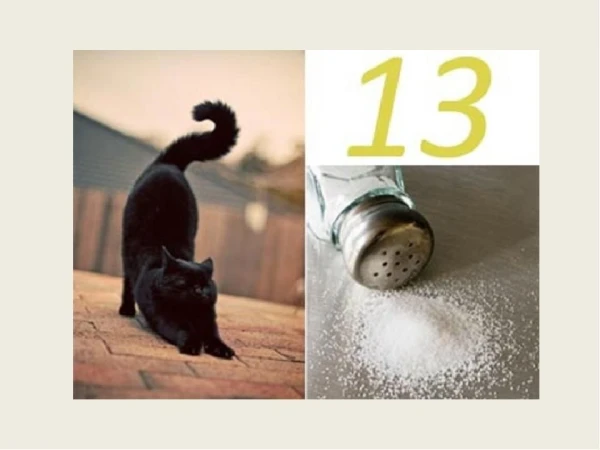
Superstitions outlive any technology — and in the 21st century, we still believe in signs of fate, even though smartphones can predict the weather more accurately than a fortune teller. From childhood, we hear dozens of superstitions, but many of them we understand quite differently than our ancestors intended.
From an early age, we are surrounded by numerous folk beliefs, and it seems we remember them by heart. But if you take a closer look, it turns out that we interpret most of them incorrectly.
Here are the most common misconceptions:
- Horseshoe for Good Luck
The main rule that is often forgotten: the horseshoe should hang "horns" up. Only in this way does it "collect" positive energy and luck. If you hang it down, as many do, all the charge of happiness will simply leak out.
- Black Cat on the Road
This superstition is considered one of the darkest. To neutralize its "effect," you should not wait for someone to pass first, but instead spit three times over your left shoulder or, in the old way, take a few steps backward. Another option is to break a small stick in half, throw it away, and only then move on.
- Mirror and Forgotten Item
If you have to return home for something forgotten, an old belief advises looking in the mirror. To deceive evil forces, you can change something in your appearance — for example, adjust your scarf or stick your tongue out at your reflection. It is believed that this disrupts the "bad energy" of returning.
- Do Not Sew Clothes on Yourself
According to superstition, sewing on yourself leads to misfortune and memory loss. But the origins of this superstition are much more mundane: in the old days, women often sewed clothes directly on themselves and forgot about food in the oven. Husbands would joke with them — saying, "You’re sewing so diligently that you’ve sewn your memory away." In reality, it’s all possible — you just need to hold the end of the thread in your mouth so that the superstition "does not work."
Superstitions are not only fears but also part of cultural memory. Understanding their meaning can help us stop fearing black cats and upside-down horseshoes — and even smile at each old superstition as a reminder of the wisdom and imagination of our ancestors.














Leave a comment